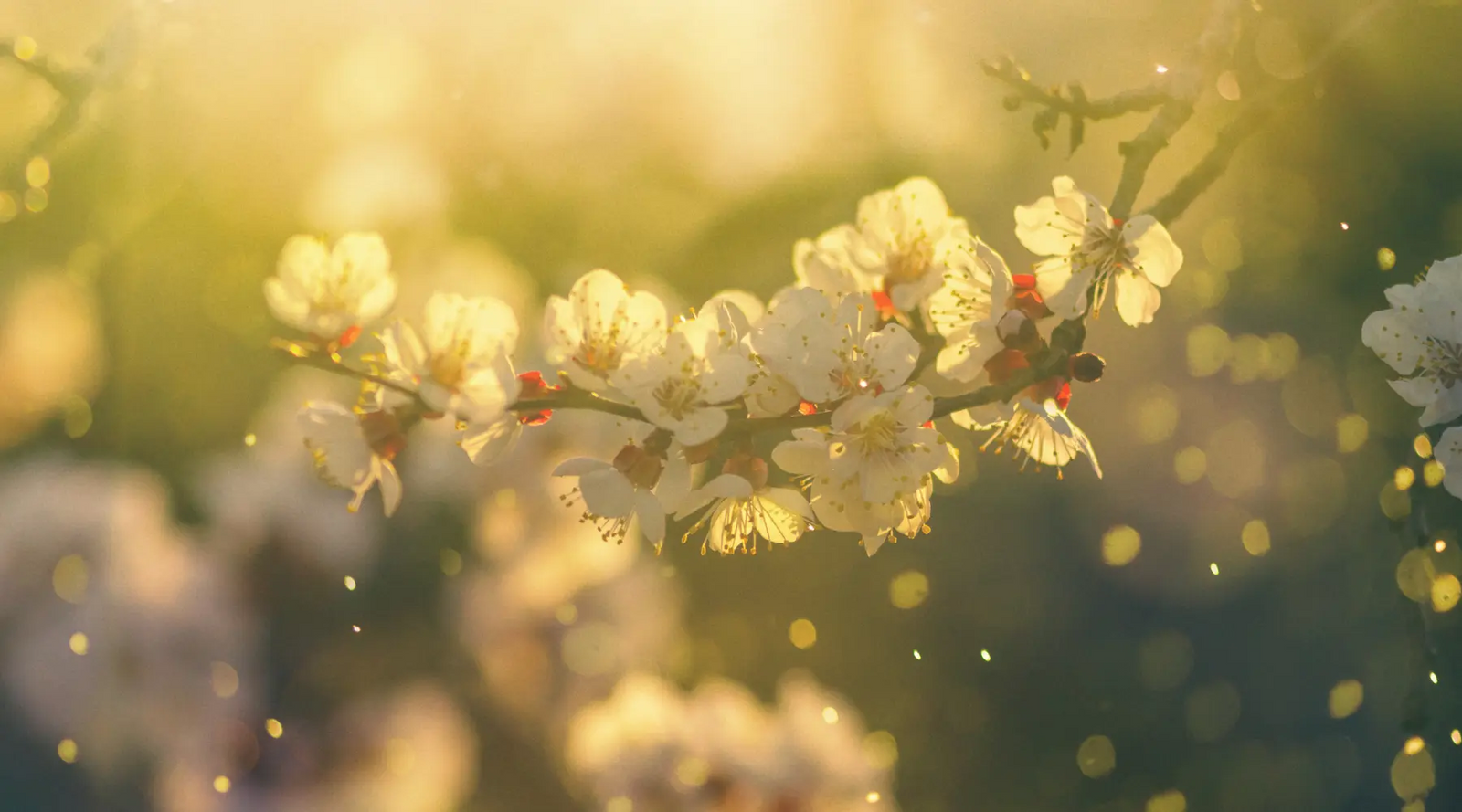As the cold grip of winter loosens, many eagerly anticipate the arrival of spring. However, for some, this season brings with it the dread of spring allergies. Many plants will start blooming and releasing their pollen which can trigger allergic reactions in many people. In these moments, it sometimes seems like the sneezing, runny or stuffy nose, itchy eyes, and coughing may never come to an end. To stay ahead of your symptoms, it's important to understand spring allergies and how to manage them effectively. Read our 2024 spring allergy guide below for more.

Understanding Spring Allergies
Pollen levels can fluctuate daily and may vary from one region to another, so it's important to stay informed to get ahead of your symptoms. Different types of plants release pollen at different times during the spring, leading to varying peak allergy seasons.
Top Spring Allergens by Month
- March-May: Tree Pollen - Tree pollen allergies are most prevalent in early to mid-spring, usually from March to May, depending on the region and the specific types of trees in bloom.
- May-July: Grass Pollen - Grass pollen allergies typically peak in late spring and early summer, from May to July, although grasses may begin pollinating earlier in some regions.
- May-July: Weed Pollen - While some weeds start producing pollen in late spring, the peak of weed pollen season often occurs in late summer and fall. However, certain weed species may contribute to allergies in late spring or early summer, depending on the region and local plant species.
- Year-Round (but can begin to spike in March): Mold Spores - Mold spores can be present year-round, but their prevalence may increase in spring due to warmer temperatures and increased moisture levels.
Managing Spring Allergies
To stay up to date on local pollen conditions and take necessary precautions to manage your symptoms, you can use the following resources:
- Pollen Count Websites: Websites such as Pollen.com or The Weather Channel often provide local pollen forecasts and pollen count maps based on data from monitoring stations across the country.
- Local Allergy Reports: Local news outlets or health departments may also provide updates on pollen levels and allergy reports specific to your area.
- Allergy Apps: Mobile apps like the AAAAI's National Allergy Bureau Pollen App or AccuWeather can provide real-time pollen forecasts and allergy alerts based on your location.
- Consulting Healthcare Providers: Healthcare providers, especially allergists, can offer insights into current pollen conditions and recommend appropriate allergy management strategies.
Protecting Yourself from Spring Allergies
- Monitor Pollen Levels: Stay informed about local pollen forecasts and allergen reports. Limit outdoor activities on days when pollen counts are high, especially during peak pollen hours, typically in the early morning and late afternoon.
- Keep Windows Closed: To prevent pollen from entering your home, keep windows and doors closed, particularly during peak pollen seasons. Use air conditioning with clean filters to circulate air indoors instead of opening windows.
- Use Air Purifiers: Invest in high-quality air purifiers to filter out pollen and other allergens from indoor air. Look for PECO and HEPA filters that destroy and capture pollen particles.
- Maintain Indoor Humidity: Keep indoor humidity levels between 30-50% to discourage mold growth and reduce the spread of airborne allergens.
- Clean Regularly: Regularly clean your home to remove pollen, dust, and other allergens. Vacuum carpets, rugs, and upholstery frequently using a vacuum cleaner with a HEPA filter. Dust surfaces with a damp cloth to trap and remove allergens effectively.
- Groom Pets: If you have pets that spend time outdoors, groom them regularly to remove pollen and other allergens from their fur.
- Change Clothing and Shower: After spending time outdoors, change your clothing and shower to remove pollen from your body and hair.
- Allergen-Proof Bedding: Use allergen-proof covers on pillows, mattresses, and bedding to protect against dust mites and pollen.
- Limit Pollen Entry: Place doormats at entryways and encourage family members to remove shoes before entering the home to prevent tracking pollen indoors.
- Consult Healthcare Provider: If you suffer from severe pollen allergies, consult your healthcare provider for personalized allergy management strategies.
By staying informed and taking proactive measures, you can enjoy the beauty of spring while minimizing the impact of allergies on your daily life.












